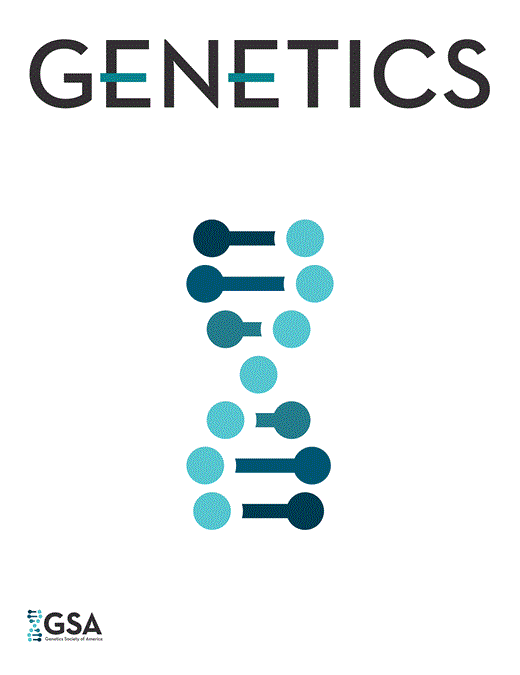-
PDF
- Split View
-
Views
-
Cite
Cite
Jong Sik Yoon, R H Richardson, A MECHANISM OF CHROMOSOMAL REARRANGEMENTS: THE ROLE OF HETEROCHROMATIN AND ECTOPIC JOINING, Genetics, Volume 88, Issue 2, 1 February 1978, Pages 305–316, https://doi.org/10.1093/genetics/88.2.305
Close - Share Icon Share
ABSTRACT
Clusters of breaks at certain intercalary heterochromatin sites producing chromosomal rearrangements are reported in four endemic species (24 strains) of Hawaiian Drosophila. In laboratory strains of these species we observed some types of changes in chromosome structure that were predicted in our earlier studies (Yoon and Richardson 1976a).—We outline the pseudochromocenter model for the production of chromosomal rearrangements. First, nonhomologous sites that are heterochromatic and contain similar base sequences of highly repetitious DNA join in a chromocenter-like configuration. Second, chromatid exchanges by breakage and reunion occur at the ectopically joined sites. Based on this model, one expects many new chromosomal rerrangements, some of which have been observed and used to differentiate species.—Inversions with identical breakpoints may occur with much greater frequency than previously assumed. Chromosome phylogenies, based on the assumption that inversions are unique events, still would be accurate if the incorporation of an inversion into the karyotype was rare. This would be the case if a rare combination of genes was necessarily contained in the inversion before it was likely to be incorporated into the gamete pool and thereby become a characteristic feature of the species.



